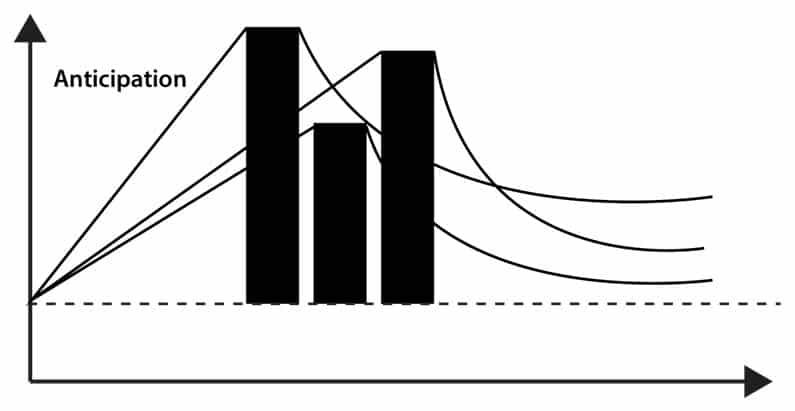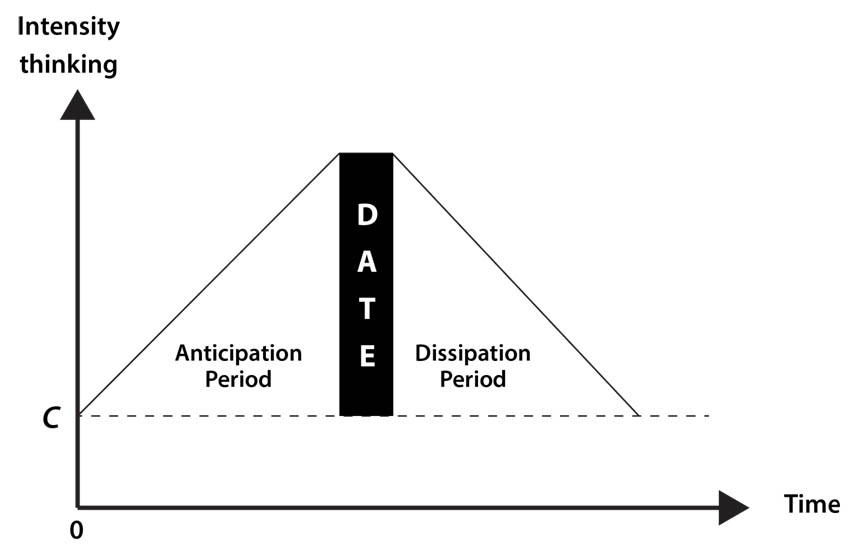Whether it is a business meeting, a hot date, or a big sports competition, we all have moments in life that raise our pulse. For such occasions, I want to share two tools that have literally transformed my life.
The first tool is called “foreburning.” “Foreburning” is a technique I learned from the acting school where actors prepare themselves for a role by using an active imagination and playing the full scene in their head. It’s a method that can help prepare us for any event. This tool serves as a form of preparation for any kind of important event.
In these situations, we often have an increased intensity of thinking, including fears that something could go wrong. This triggers anxiety. They are the result of not knowing the outcome of this event, mixed with possible past experiences that may have already triggered some feelings of fear. It is important to note that these fears are usually based on exaggerated evaluations of the past, as we know that nothing too terrible can really happen in the upcoming situation. Nevertheless, they remain in our head, as we have not spent time thinking about them, and thereby “finishing them off”. By preparing ourselves and anticipating an enjoyable event, we set ourselves up for successful experiences.
Ideally, we should foreburn any important upcoming event for a few minutes, by simply visualizing ourselves in that specific situation. It is important to use active imagination, whereby we see ourselves acting from our own eyes, and not as a third party bystander. It is also important to feel the emotions we would like to experience, with as much sense data as possible. We visualize the full event as we would like it to happen, including moments of successes, as well as handling challenging moments in a confident and appropriate manner.
The second tool is called “afterburning.” “Afterburning” is a tool you can use after events. Once an event is finished, the intensity of our thinking decreases. However, we still have unfinished thoughts circulating our head.

Figure 6: Unfinished thinking becomes background noise. Notice how, after the event, the thinking does not reduce down to zero, but continues at a level relative to the original importance of the thought (adapted from Sam Kogan, The Science of Acting).
By “afterburning” the event, we run through the entire experience and are able to dissipate the remaining thoughts from the date, including negative ones, rather than just suppressing them. As a result, we benefit from lots of feedback that will help us act in a relaxed manner on future occasions. “Afterburns” thereby allow us to learn from our experiences, so we can have better experiences in the future.

Figure 7: “Foreburning” and “afterburning” a date. This is how we can anticipate an event free from fear, and finish off any unpleasant thoughts after the event. You should note that the intensity of the thoughts dissipates back down to the same level as the pre-date period (adapted from Sam Kogan, The Science of Acting).
Resources:
Sofia Hassan Photo
Catherine MacBride Photo